Black Tongue Disease In Deer
Black tongue disease in deer. Since the incubation period for the disease is five to 10 days afflicted deer may be observed up to a couple of. Sloughed or deformed hooves. The swelling causes the deers tongue to take on a blue color thus the name.
Characterized by the accumulation of prions in brain cells that eventually burst leaving microscopic empty spaces in the brain matter giving it a spongy appearance. Large-scale outbreaks in wild ruminants affect livestock and the. View Full Article in Timesmachine.
Division of Natural Resources officials confirmed Thursday that deer in Boone Brooke Hancock Lincoln Marshall Ohio Tucker and Wayne counties. The spread of the disease is usually cut short with colder wetter weather that spreads deer out and away from gnat-infested areas or the first hard frost which will kill the disease-carrying gnats. I have been told it does not pose a threat to humans.
This virus is contracted by biting midges Culicoides when they are at their peak season between August and October. Swollen neck tongue or eyelids. Three of six inoculated deer also received intramuscular injections of dexamethasone sodium phosphate every 3 days during the study.
The disease may be mild in deer and they may not show any outward signs. The culprit for this deer die-off is hemorrhagic disease often known as blue tongue or black tongue. In most cases regularly brushing your tongue with a toothbrush should help to remove dead skin cells and stains within a few days.
When deer are injured they may reduce their movement or remain close to humans until their injury heals. Tongue diseases include infections such as black hairy tongue cancers of the tongue developmental problems such as bifid tongue and so on. And significant weight loss.
10--Deer are dying in large numbers in adjacent counties from a disease called black tongue The tongue turns perfectly black. Six black-tailed yearling deer O.
Both CJD and CWD are classified as transmissible spongiform encephalopathies TSE.
I have been told it does not pose a threat to humans. A tiny gnat also known as a biting midge is spreading a deadly disease among North Carolinas white-tailed deer. A black tongue usually doesnt require much treatment. Bluetongue restricts the blood supply to the tongue and lips turning them blue or even black and giving the disease its name. CWD is a neurological disease that affects deer elk and related species. In North America hemorrhagic disease is seen primarily among white-tailed deer and occasionally in mule deer black-tailed deer elk pronghorn antelope and bighorn sheep. When deer are injured they may reduce their movement or remain close to humans until their injury heals. However deer can act as a reservoir for the disease which may then spread to domestic livestock. The culprit for this deer die-off is hemorrhagic disease often known as blue tongue or black tongue.
Cattle and sheep are occasionally affected with varying severity. Common symptoms include weight loss excessive salivation appetite loss and other abnormal behavior. Epizootic hemorrhagic disease is a hemorrhagic disease of white-tailed deer caused by an infection of a virus from the genus Orbivirus subsequently called Epizootic hemorrhagic disease virus. In most cases regularly brushing your tongue with a toothbrush should help to remove dead skin cells and stains within a few days. Since the incubation period for the disease is five to 10 days afflicted deer may be observed up to a couple of. Both CJD and CWD are classified as transmissible spongiform encephalopathies TSE. The spread of the disease is usually cut short with colder wetter weather that spreads deer out and away from gnat-infested areas or the first hard frost which will kill the disease-carrying gnats.
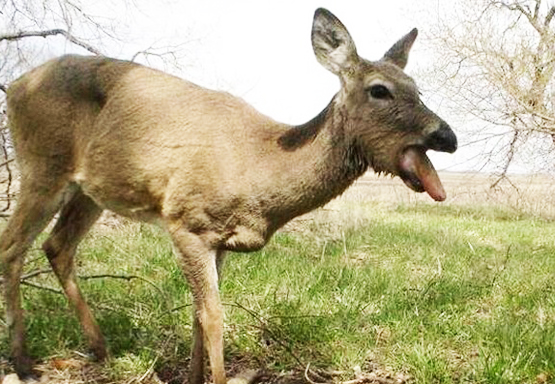

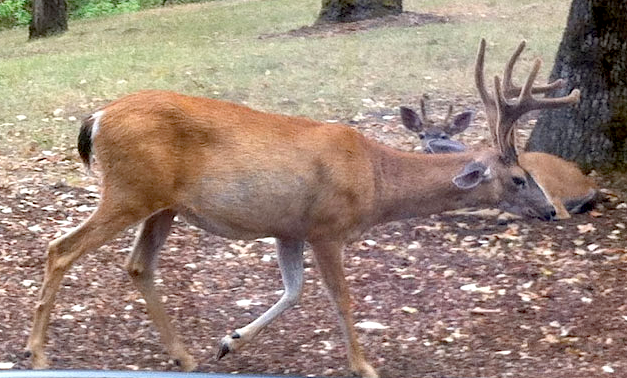
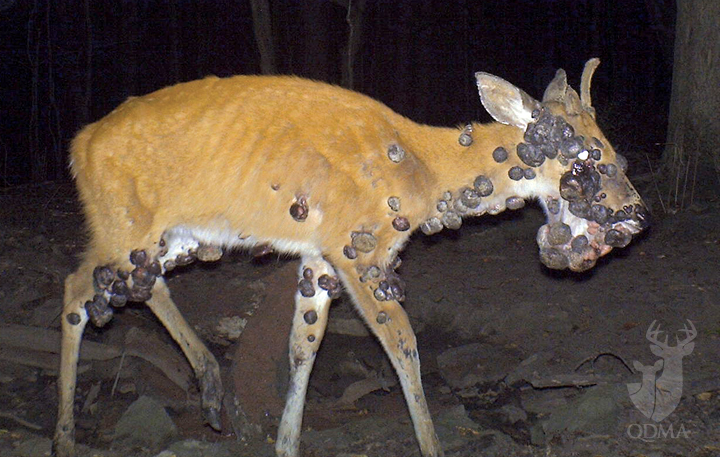

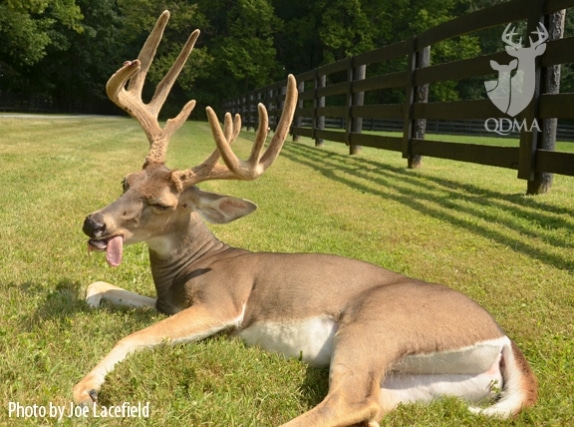
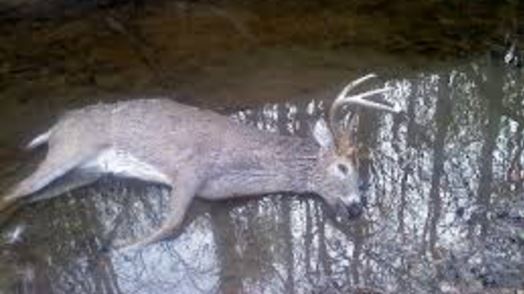
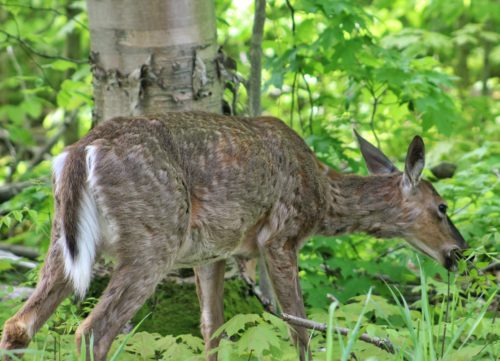
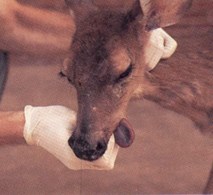


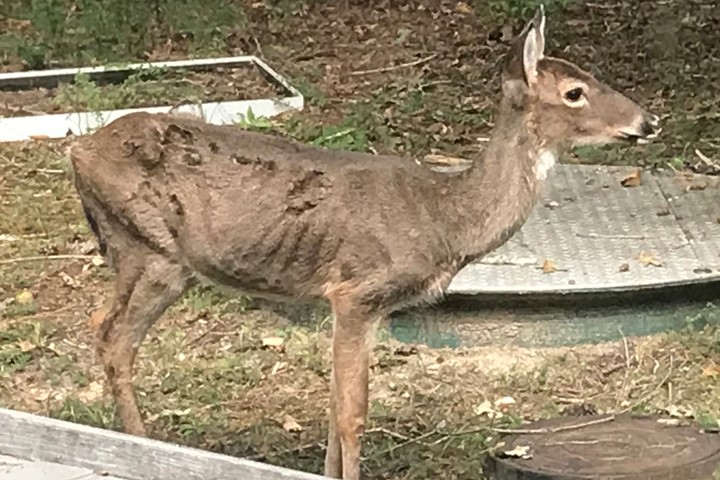
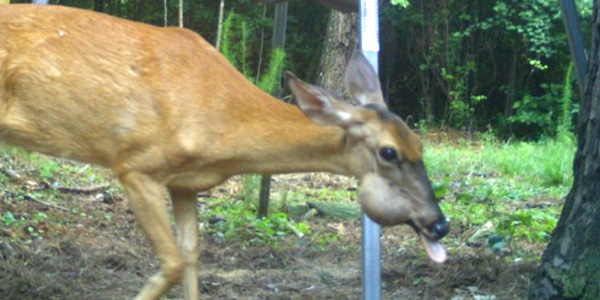
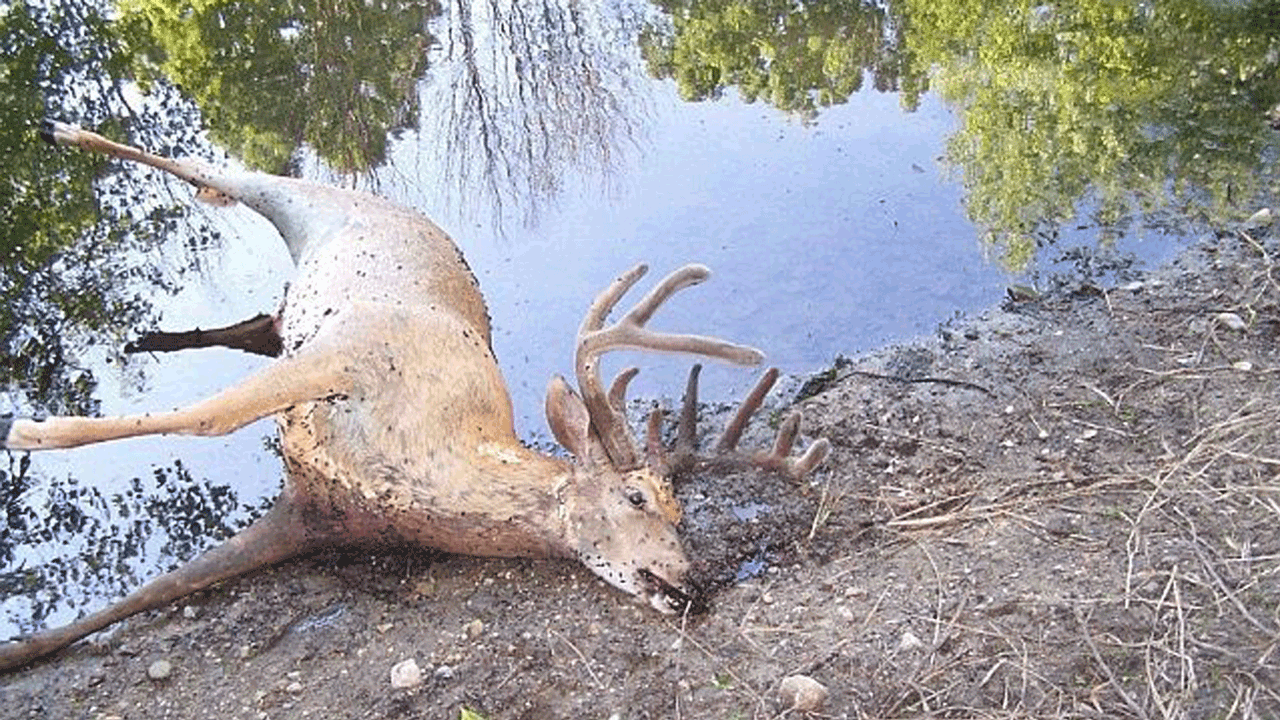

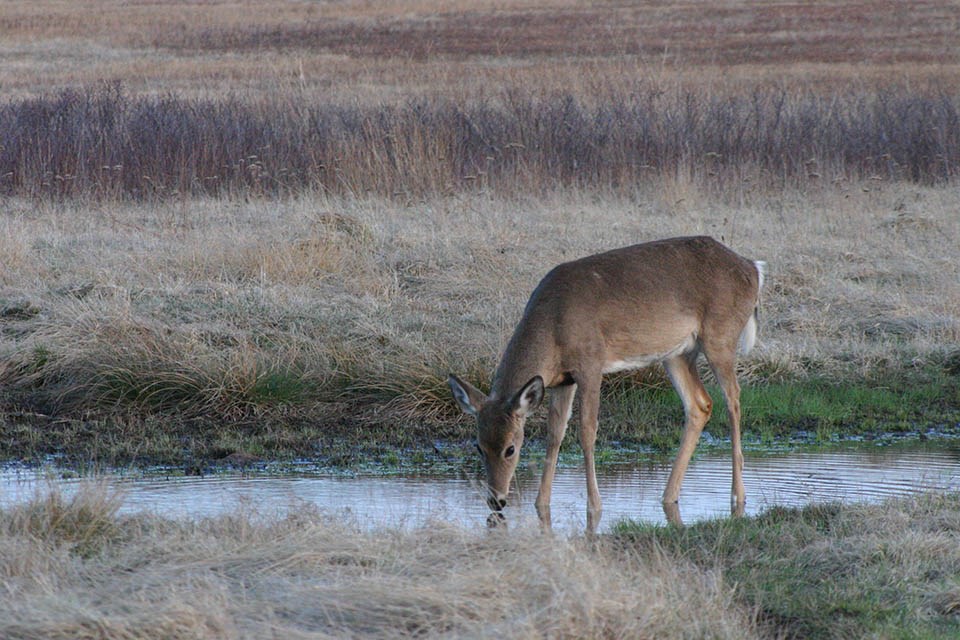

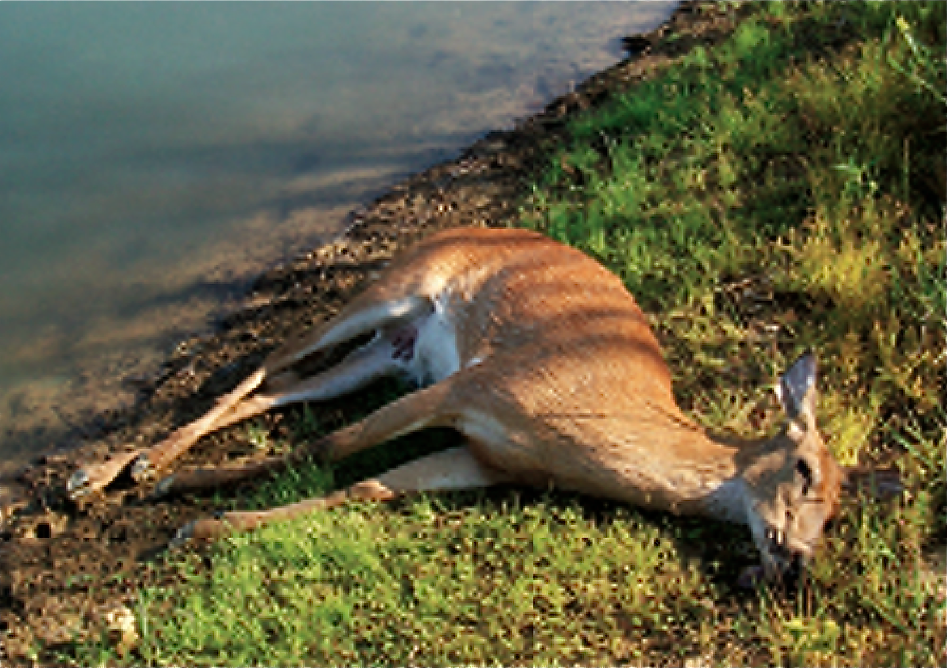
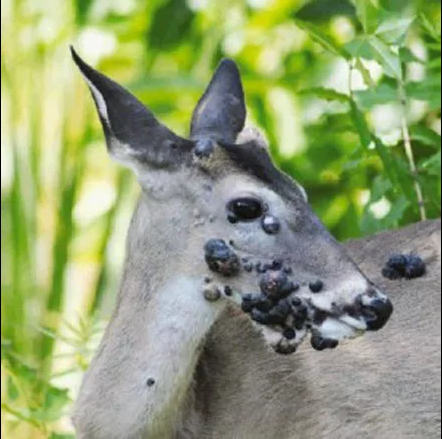

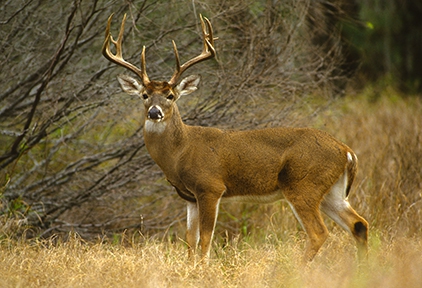
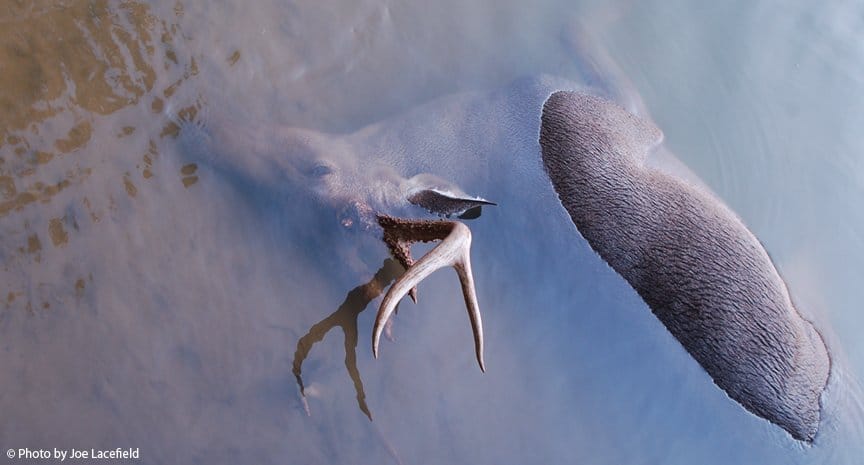
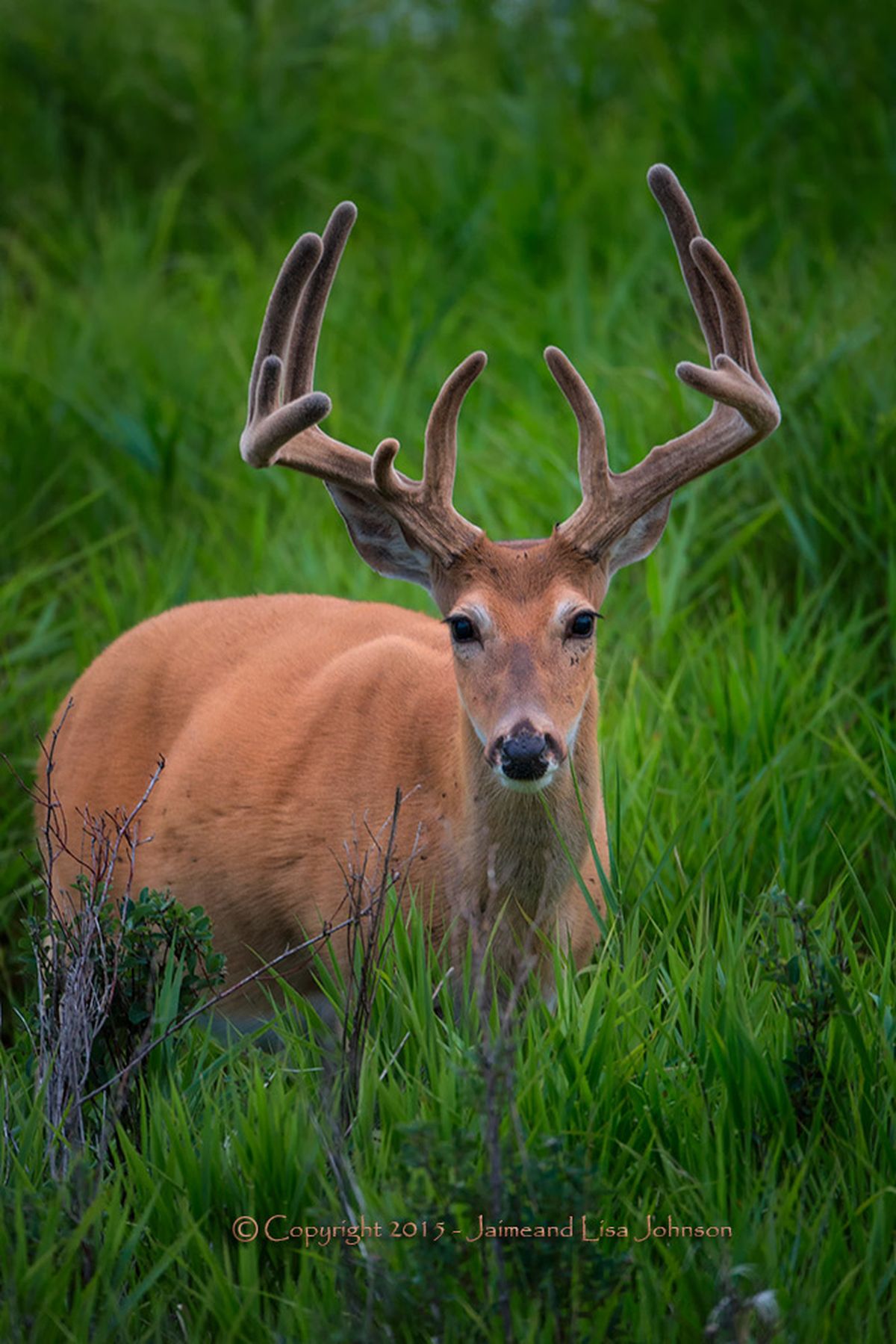
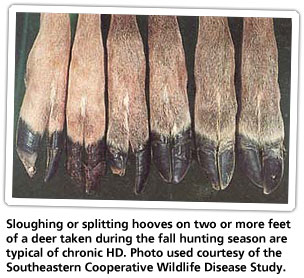








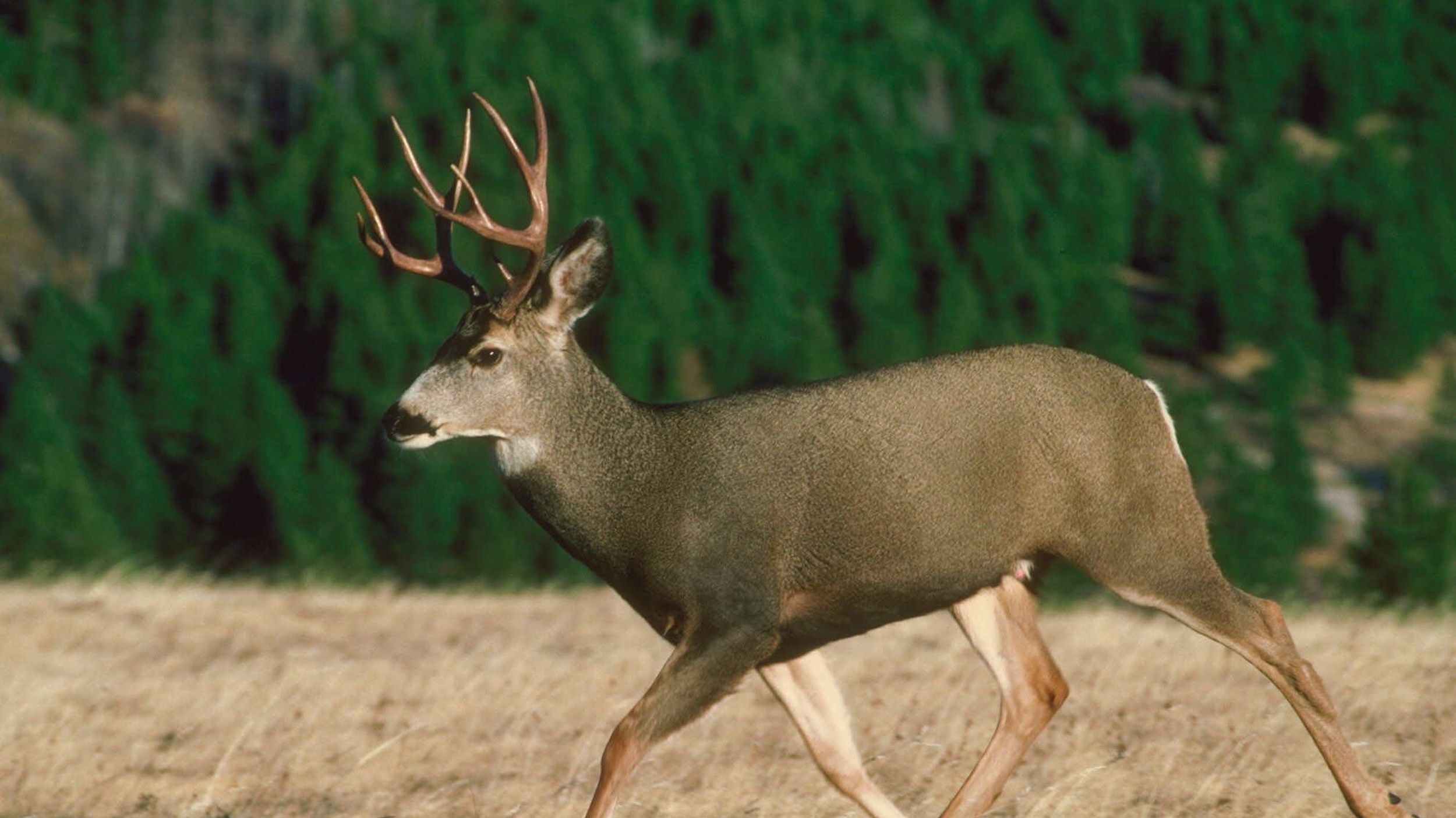




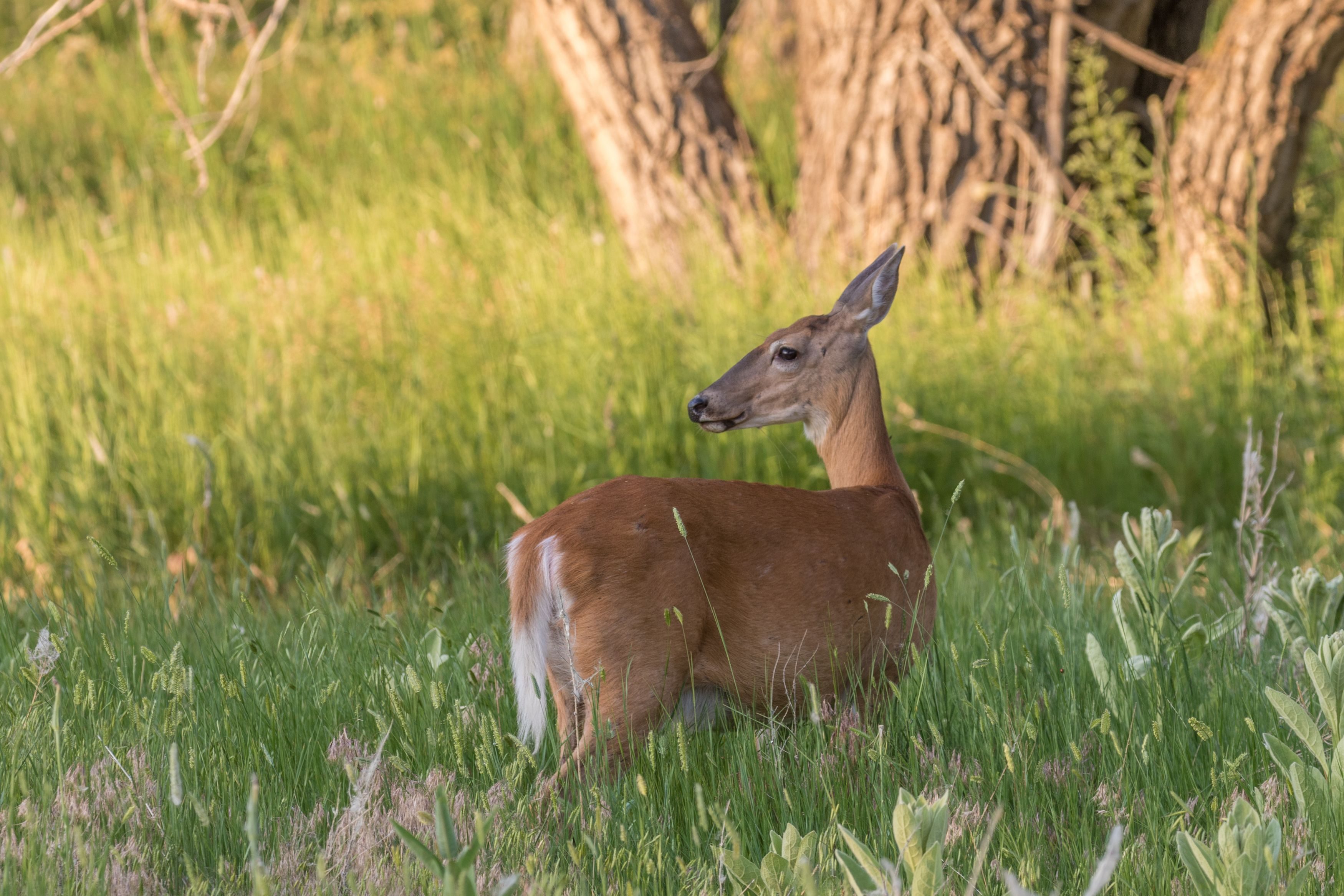


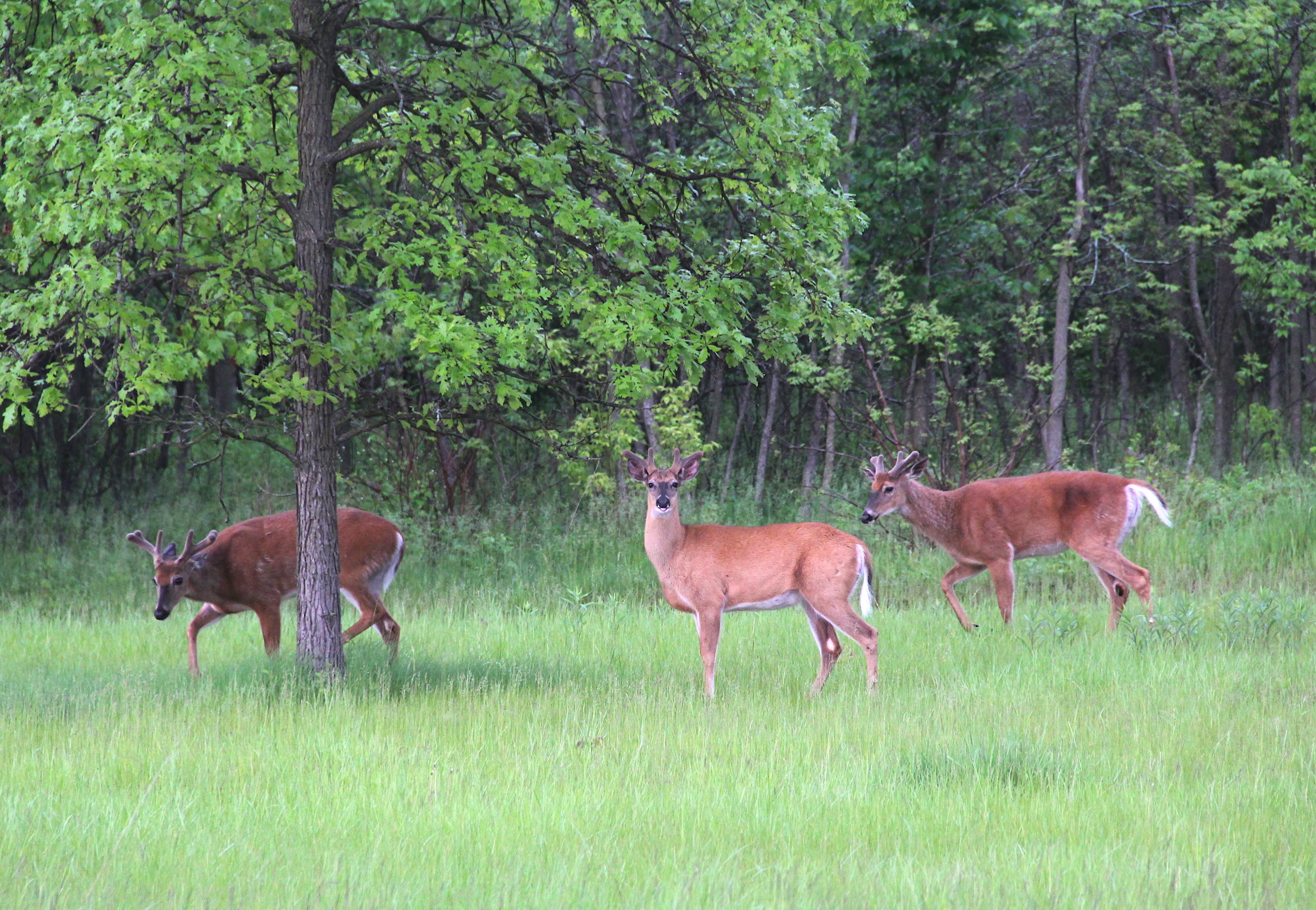


Posting Komentar untuk "Black Tongue Disease In Deer"